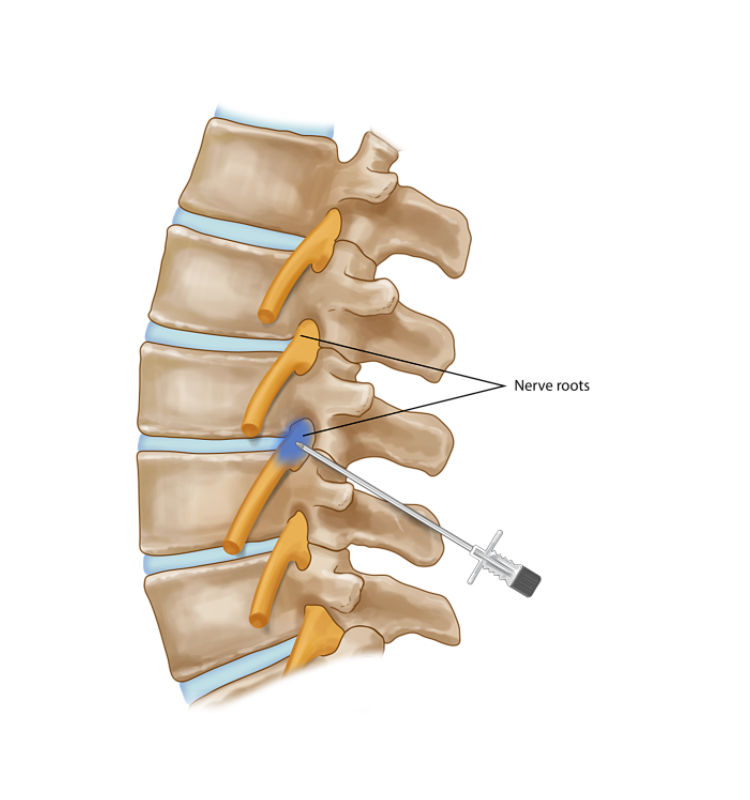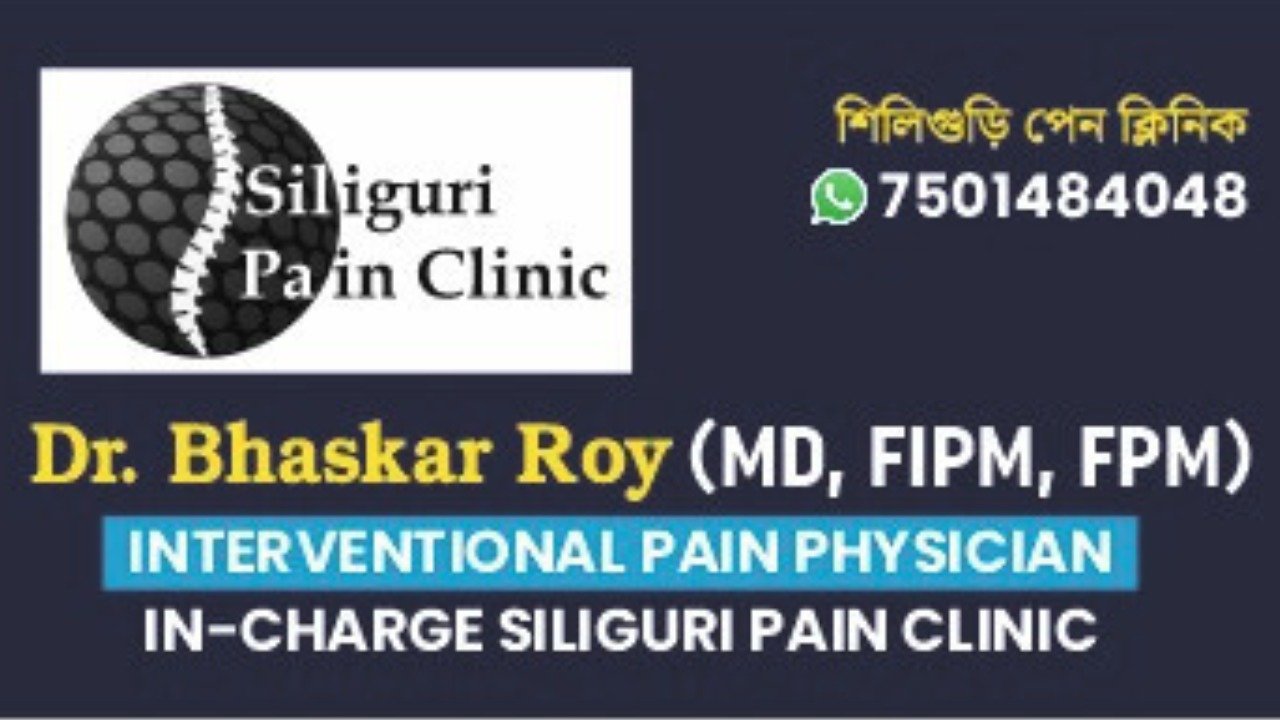
Transforaminal Nerve Root Block
A transforaminal nerve root block is a medical procedure used to relieve neck and back pain. This minimally invasive treatment targets inflamed nerve roots in the spine, which can become irritated due to various spinal conditions like arthritis, herniated discs, or spinal stenosis (a narrowing of the spinal canal).

How Does It Work?
During this procedure, a doctor injects a steroid medication near the nerve root as it exits the spinal column. The steroid helps reduce inflammation and numbs the pain transmitted by the nerve. The procedure also helps identify the exact source of your pain.
WConditions Treated
Transforaminal nerve root blocks can help with pain caused by:
-
Arthritis: Joint inflammation in the spine.
-
Herniated or Ruptured Discs: When the discs between your vertebrae push out and press on nerves.
-
Spinal Stenosis: Narrowing of spaces within your spine, which puts pressure on nerves.
Benefits of the Procedure
Many people experience significant pain relief for several months after a transforaminal nerve root block, and some even find permanent relief.
Possible Risks and Complications
While the procedure is generally safe, there are some potential risks, including:
-
Temporary increase in pain levels
-
Changes in blood pressure
-
Infection
-
Bleeding
What to Expect During the Procedure
-
What to Expect During the Procedure
-
A nurse will check your vital signs and ask about your pain, allergies, medications, and health history.
-
It’s crucial to mention if you are allergic to contrast dye, iodine, or latex, if you take blood thinners, or if you have diabetes or might be pregnant.
-
-
During the Procedure:
-
You will be taken to an X-ray room and helped onto a table.
-
Your skin will be cleaned with an antiseptic and numbed with a local anesthetic.
-
Using X-ray guidance, the doctor will insert a small needle near the affected nerve and may use a small amount of contrast dye to ensure the needle is correctly placed.
-
The doctor will then inject the steroid medication. The whole process takes only a few minutes.
-
-
After the Procedure:
-
You may feel weak or numb in your arms and legs due to the anesthetic, so you will stay at the clinic for 15-20 minutes for observation.
-
A nurse will review discharge instructions and follow-up care with you.
-
Aftercare at Home
-
Rest: Avoid activities that might aggravate your pain. You can usually return to work the same day and exercise the next day if you feel okay.
-
Managing Discomfort: You might have some pain at the injection site for the first 48 hours. Use ice packs or over-the-counter pain medications to relieve this discomfort.
Results and Follow-Up
-
Some patients experience immediate pain relief, while others might need two or three injections spaced a few weeks apart.
-
Don’t worry if pain relief isn’t immediate; the steroid might take some time to become effective.
Conclusion
A transforaminal nerve root block is an effective way to manage chronic neck and back pain. By reducing inflammation and blocking pain signals, this procedure can significantly improve your quality of life. If you experience persistent pain, talk to your doctor about whether this treatment might be right for you.
